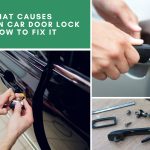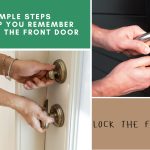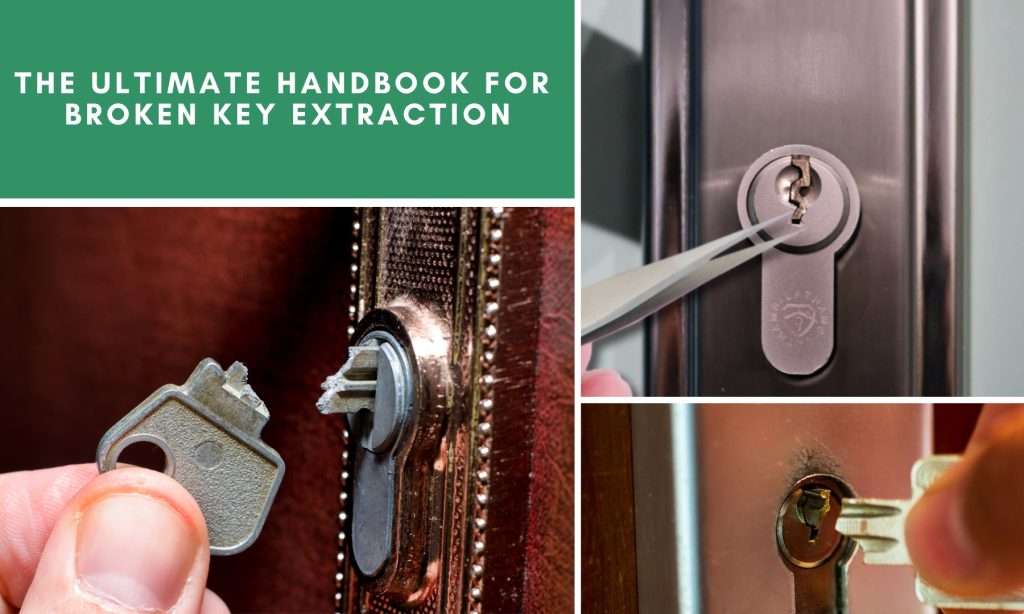In the daily hustle and bustle of life in Pittsburgh, finding a broken key can be annoying and inconvenient. No matter what time of day or night it is, being able to get a broken key out of a lock is an important skill that can save you time, money, and stress. From simple home locks to complex security systems, it is very important to understand how broken key extraction is done.
This piece has the information and techniques necessary to handle broken key situations with confidence. By understanding the different kinds of key breaks and the step-by-step extraction process, you have the tools you need to handle key-related failures easily. So, let us learn more about broken key extraction and find out how to fix this common problem.
Common Scenarios Leading to Broken Keys
Many factors can cause keys to break, including material quality, wear and tear, and improper usage. Accidental mishandling is a common cause, like using too much force to turn the key in the lock or trying to push a key into a jammed lock. Commonly, keys made of softer materials like brass will break over time due to wear and tear.
Some keys also break because of corrosion or rust buildup, especially if they are wet or in a harsh climate. Another thing that can cause keys to break is bending or twisting while in use or if you accidentally dropped or stepped on them. In some cases, bad key cutting or defects in the production process can also cause keys to break.
Types of Key Breaks
Key breaks typically fall into two main categories:
Partial Breaks
In a partial break, the key is still whole, but it has damage that prevents it from working right. With this kind of break, only a small piece of the key may come off, leaving the rest inside the lock. Sometimes, the key cracks or bends in a way that makes it hard or impossible to turn or put into the lock. This case is also known as a partial break.
Complete Breaks
When the key breaks into two or more pieces, making it useless for its original purpose, this is called a complete break. Too much force, normal wear and tear, or manufacturing defects can all cause this type of break. If it breaks all the way through, it might need fixing on both the inside and the outside parts for the key to work again.
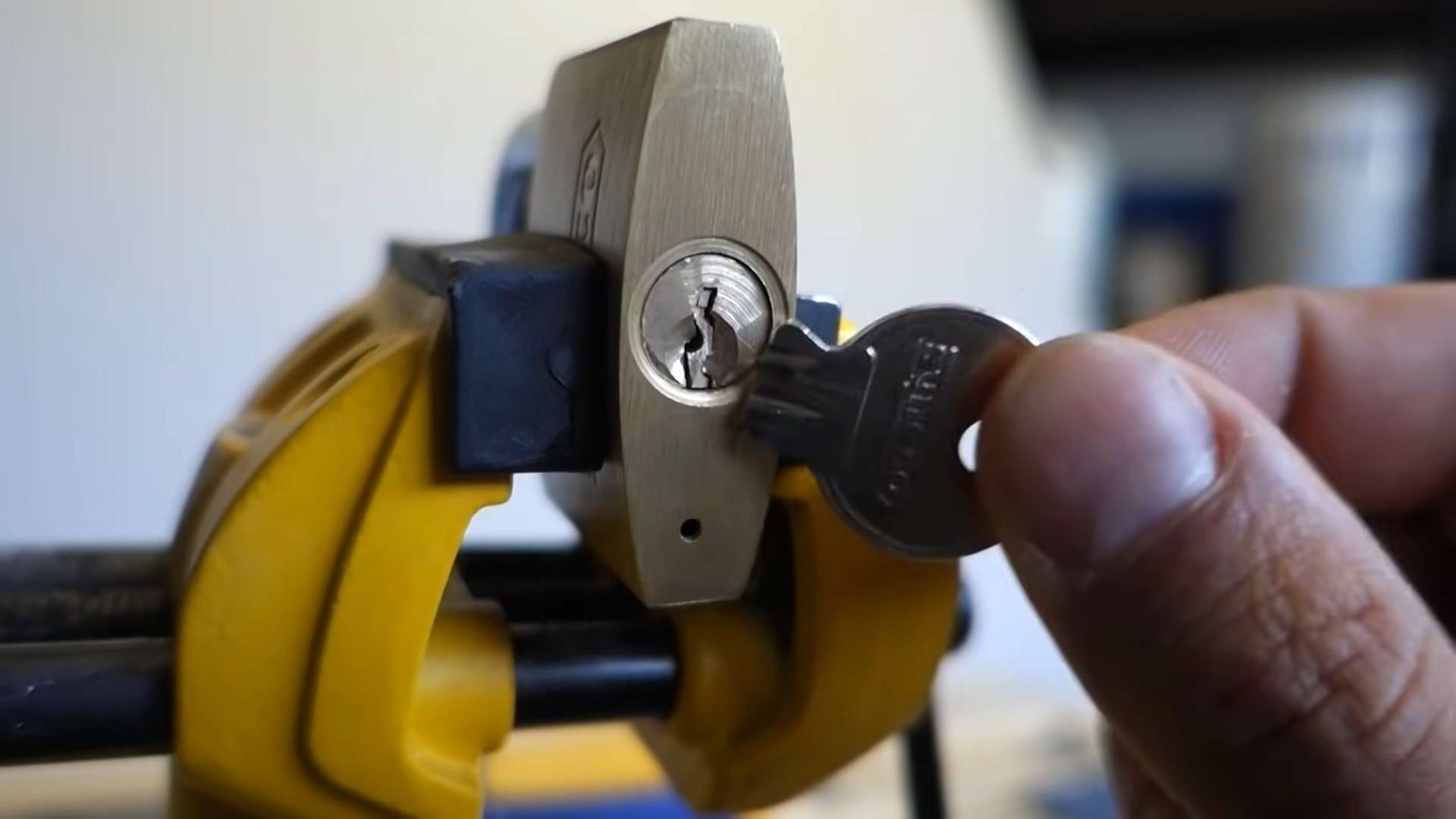
The Importance of Broken Key Extraction
Broken key extraction is crucial for several reasons:
Restoring Access
Usually, a broken key inside a lock makes the lock useless until the removal of the broken key. Prompt broken key extraction is necessary to get back into the locked area, whether it is a house, office, car, or other property.
Preventing Further Damage
If you leave a broken key in a lock, it can lead to more difficulties. For example, trying to force the broken key out of the lock without the right tools or knowledge can damage it or even break off another piece of the key inside. Doing so could only make the situation worse.
Preserving the Lock
Using the right extraction methods can prevent damaging the lock during the process. It is important not to damage the lock to keep it secure and avoid having to pay a lot of money for fixes or lock replacements.
Tools and Equipment for Broken Key Extraction
Several essential tools are commonly used to extract broken key:
Key Extractor
These specialized tools grasp the piece of the broken key so you can remove it from the lock cylinder. Key extractors come in different shapes and sizes to match different types of locks and keys.
Needle-nose Plier
Needle-nose pliers help to reach into the lock cylinder and grasp the broken key fragment securely. They can give you more leverage when you are trying to get the key out. And if you need to, they can also help you move the broken pieces around.
Tweezer
Fine-tip or precision tweezers can help you get small or stubborn pieces of broken keys out of the lock cylinder. With this tool, you can carefully move and take out key pieces without damaging the lock further.
Broken Key Extractor Kit
These kits usually come with an array of special tools made just for extracting broken keys, such as spiral extractors, saw-toothed extractors, and hook-shaped extractors. You can be sure you have the right tool for the job when you have a complete kit.
Graphite Lubricant
You can put graphite lubricant on the lock cylinder to help loosen the broken key piece and make it easier to take out. The key and lock pins will not rub against each other as much, making it easy to take out the broken pieces.
Step-by-Step Broken Key Extraction Process
Assess the Situation
Evaluate the extent of the key breakage and determine if any visible fragments are protruding from the lock cylinder. Assess the situation to help you determine the proper extraction method.
Prepare the Tools
Gather the necessary tools for broken key extraction, including key extractors, needle-nose pliers, tweezers, and lubricants. Ensure you have adequate lighting to see inside the lock cylinder.
Apply Lubricant
Is the broken key stuck in the lock cylinder because of rust, corrosion, or friction? Then, grease it with graphite or lock lubricant. Let the lube get into the keyway and loosen the key pieces.
Select the Extraction Tool
Choose an appropriate key extractor tool based on the type of lock and the position of the broken key fragment. Key extractors are available in various shapes and sizes, such as hook-shaped, spiral, or saw-toothed extractors.
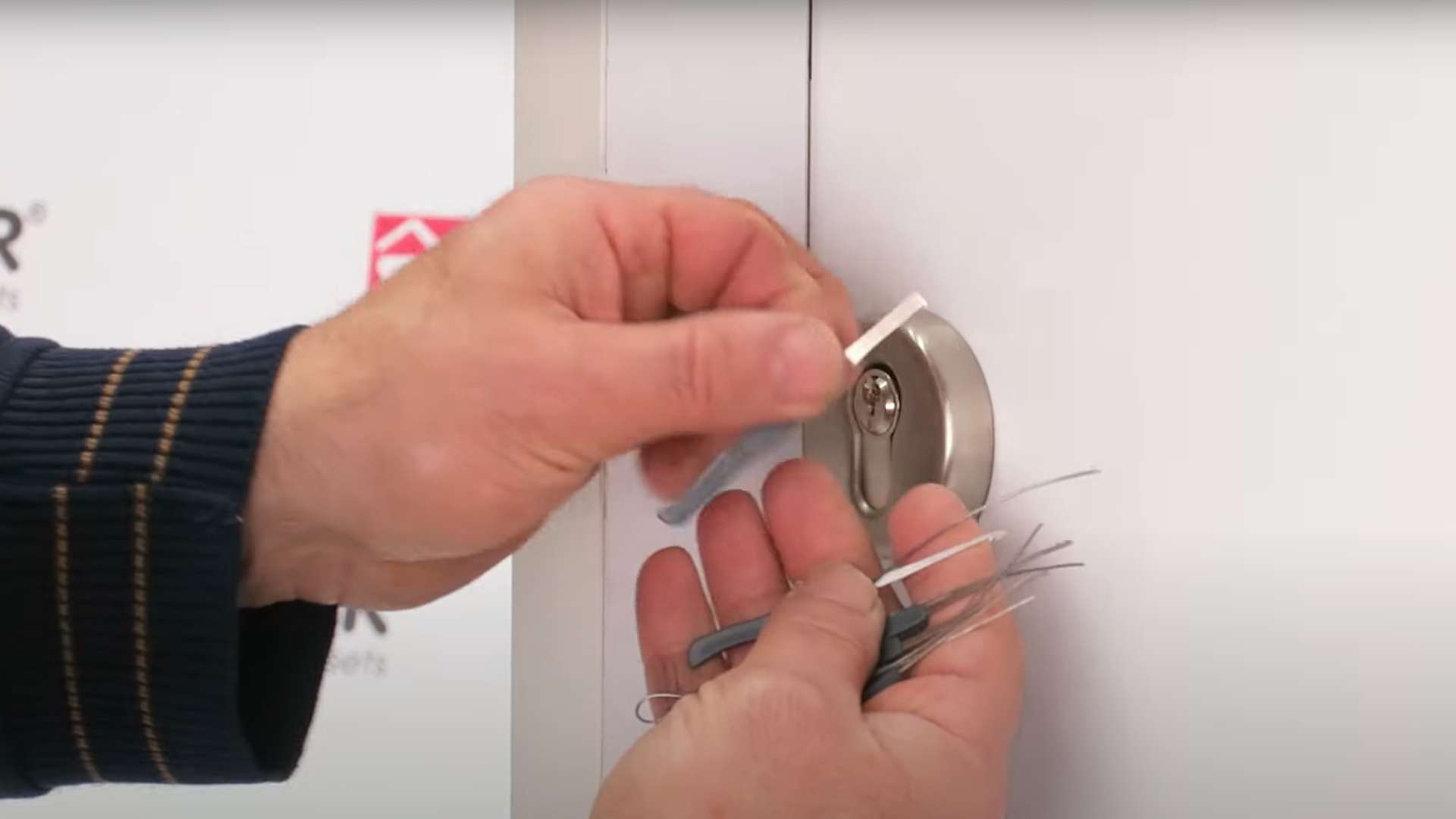
Insert the Extractor
Carefully insert the chosen key extractor into the lock cylinder alongside the broken key fragment. Position the extractor to grasp the broken key securely.
Turn and Pull
Then, gently turn the key extractor in the direction that aligns with the key’s normal turning motion. Apply steady pressure while simultaneously pulling the extractor outward to dislodge the broken key fragment from the lock pins.
Remove the Key Fragment
Once the broken key fragment is partially extracted, use needle-nose pliers or tweezers to grasp and remove it from the lock cylinder. Be cautious to avoid pushing the broken key further into the lock.
Inspect and Test
After removing the broken key fragment, inspect the lock cylinder for any remaining debris or damage. Test it with a spare key to make sure it works properly.
Clean and Lubricate
Remove any residual debris or lubricant from the lock cylinder with a soft brush or compressed air. Apply a small amount of lubricant to the lock mechanism to maintain smooth operation.
Reassemble the Lock
Once the broken key has been successfully extracted and the lock is functioning correctly, put back together any disassembled components and secure the lock as needed.
If you encounter difficulties during the extraction process or if the broken key is deeply lodged in the lock cylinder, it is best to hire a locksmith Pittsburgh expert. With their help, you avoid causing further damage down the line.
Locksmith Near Me
Are you having trouble getting the broken key out? Sherlock’s Locksmith is a team of experienced professionals who specialize in a wide range of locksmith services, including expert broken key extraction. Whether you need a 24-hour locksmith or lock repair or replacement, we are here to help. Do not let a broken key disrupt your day. Contact us today for a local locksmith you can trust.





